Menu planning is key to a healthy dietary pattern, but many folks don’t give it much thought, think it’s too hard, or don’t know where to start.
The tools in our Heart Healthy Menu Planning theme can help you teach the basics of meal planning to just about anyone – students, parents, employees, or clients.
It starts with the Heart Healthy Menu Planning Dry-Erase Poster. Planning meals is a breeze when you have the steps right in front of you. Pick a heart healthy protein, vegetable, whole grain, fruit, and dairy product – voila!
Here’s a fun activity to do with groups or individuals:
- Review the basics of heart healthy menu planning using the poster, color handout, or Dry-Erase Wall Decal.
- Ask participants to think about days when eating healthfully is particularly challenging. Maybe it’s when they work late, haven’t been to the supermarket, or eat at a restaurant.
- Have them use the Heart Healthy Menu Planner to plan a day’s worth of meals and snacks (or just one meal), taking into account those challenging situations.
- Here are some examples of scenarios to get your audience thinking…
- You’re dining at your favorite restaurant that night.
- It’s meatless Monday (for all meals or just dinner).
- You’re taking a road trip.
- The power has gone out but you still need to eat.
- You’re eating lunch in the school or work cafeteria that day.
- You just don’t feel like cooking!
- Send everyone home with new ideas for planning heart healthy meals no matter what’s going on. The Heart Healthy Menu Planner color handout is perfect for this!
Hollis Bass, MEd, RD, LD




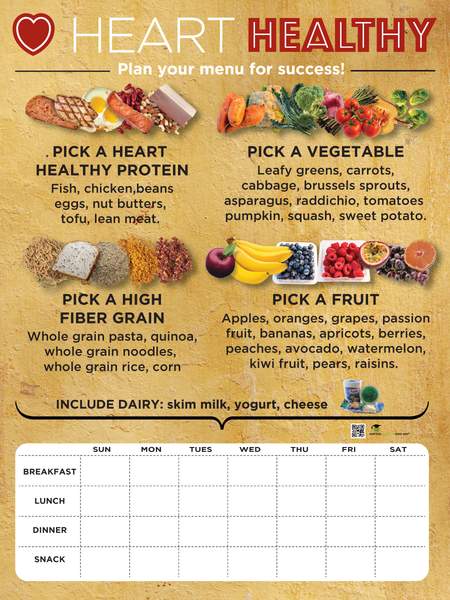
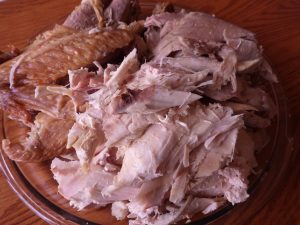
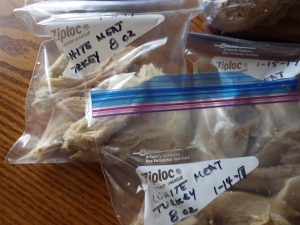
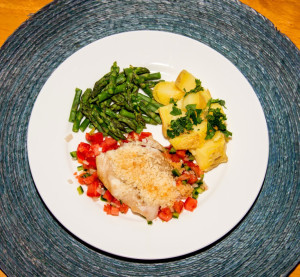
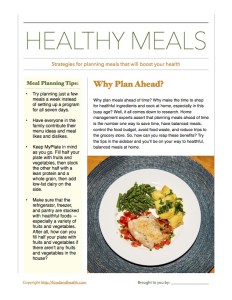
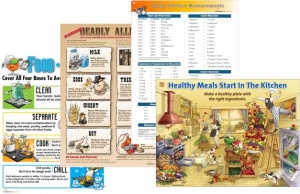


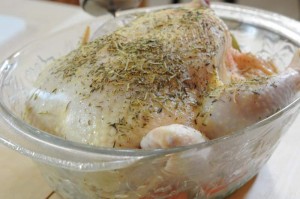 Many folks grab a rotisserie chicken as a quick last-minute dinner decision. My investigation into these chickens shows that they can be a good financial decision dependent upon where you’re purchasing them and the net weight. Nutritionally they are higher in sodium than a home roasted chicken or comparable sized single-person frozen entrees or most restaurant meals. Depending upon the rest of your meals that day, the rotisserie chicken may quickly put you over the recommended daily amount of sodium.
Many folks grab a rotisserie chicken as a quick last-minute dinner decision. My investigation into these chickens shows that they can be a good financial decision dependent upon where you’re purchasing them and the net weight. Nutritionally they are higher in sodium than a home roasted chicken or comparable sized single-person frozen entrees or most restaurant meals. Depending upon the rest of your meals that day, the rotisserie chicken may quickly put you over the recommended daily amount of sodium.